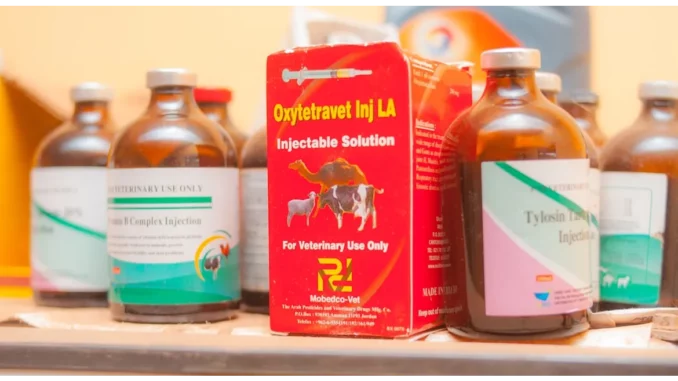
In an era where the bond between humans and animals is becoming increasingly profound, the veterinary medicine market is experiencing remarkable growth. This expansion is fuelled by a surge in the adoption of companion animals, increased livestock production, and heightened awareness regarding animal health and welfare. To delve deeper into this thriving market, I had the opportunity to converse with Dr. Laura Cambridge, a distinguished veterinary consultant with over two decades of expertise in animal healthcare. Her insights illuminate the key drivers behind the market’s expansion and the challenges it encounters.
Over the past decade, there has been a notable escalation in pet adoption. Dr. Cambridge, seated amidst her office adorned with animal-themed decor, highlighted that individuals are progressively regarding pets as integral members of their families, which naturally leads to a heightened demand for superior veterinary care. This phenomenon, often referred to as the “humanisation of pets,” is particularly evident in developed regions such as North America and Europe. Pet owners are increasingly willing to invest in advanced medical treatments and preventive care for their beloved animals, encompassing everything from regular wellness check-ups to sophisticated treatments for chronic conditions. The growing trend of pet insurance plays a significant role in this dynamic, enabling owners to pursue treatments previously deemed too costly, thus increasing the frequency of veterinary visits.
Our discussion then transitioned to the livestock sector, which, as Dr. Cambridge noted, constitutes a substantial portion of the veterinary medicine market. As global demand for meat, dairy, and other animal-derived products rises, maintaining livestock health becomes paramount. Farmers are adopting preventive measures such as vaccinations and antibiotics to protect their herds from infectious diseases and ensure productivity. In developing economies, where livestock production is rapidly expanding, this trend is even more pronounced. Additionally, the emphasis on food safety and traceability within the livestock supply chain is driving demand for veterinary medicines. Consumers today exhibit increased consciousness about the origins and production methods of their food, resulting in stricter regulations and a push for more rigorous veterinary interventions.
A particularly exciting aspect of our discussion revolved around technological advancements reshaping the landscape of veterinary medicine. Dr. Cambridge shared her enthusiasm for the remarkable developments in the field, including telemedicine platforms, wearable devices for pets, and advanced diagnostic tools. These innovations enable veterinarians to provide more precise and timely treatments, enhancing outcomes for a range of conditions. Advances in pharmaceuticals, such as long-acting drugs and targeted therapies, along with emerging biotechnologies like gene therapy and stem cell treatments, are also noteworthy. Artificial intelligence is proving to be a transformative force, utilised to predict disease outbreaks and optimise treatment plans, significantly enhancing operational efficiency in veterinary practices.
As our conversation drew to a close, Dr. Cambridge emphasised the increasing focus on preventive care. There is growing awareness among pet owners and livestock producers regarding the benefits of preventive healthcare, which is a major trend in the market. Preventive measures not only enhance the quality of life for companion animals but also reduce the incidence of costly diseases and treatments. In the livestock sector, they ensure higher productivity and better disease resistance. Government initiatives and veterinary associations play a crucial role in promoting regular check-ups and vaccinations. As more individuals adopt these practices, the demand for vaccines, diagnostic tests, and preventive pharmaceuticals is expected to continue growing.
Despite the promising outlook, the veterinary medicine market faces its share of challenges, particularly in navigating the complex regulatory landscape. Ensuring the safety, efficacy, and quality of veterinary products is of paramount importance, yet the time and cost associated with regulatory approvals can pose significant hurdles for companies. Additionally, the issue of antibiotic resistance, especially in livestock production, is a critical concern that necessitates innovative solutions and a concerted effort from all stakeholders.
As I departed Dr. Cambridge’s office, I was struck by the dynamic and evolving nature of the veterinary medicine market. With continued growth anticipated across all segments, driven by technological innovations, preventive care, and regulatory support, the future of animal healthcare appears promising. For pet owners, farmers, and industry stakeholders alike, staying informed and engaged with these trends will be essential in navigating this ever-changing landscape. The ongoing developments in veterinary medicine not only promise enhanced care for animals but also underscore the deepening relationship between humans and their animal counterparts.


Be the first to comment